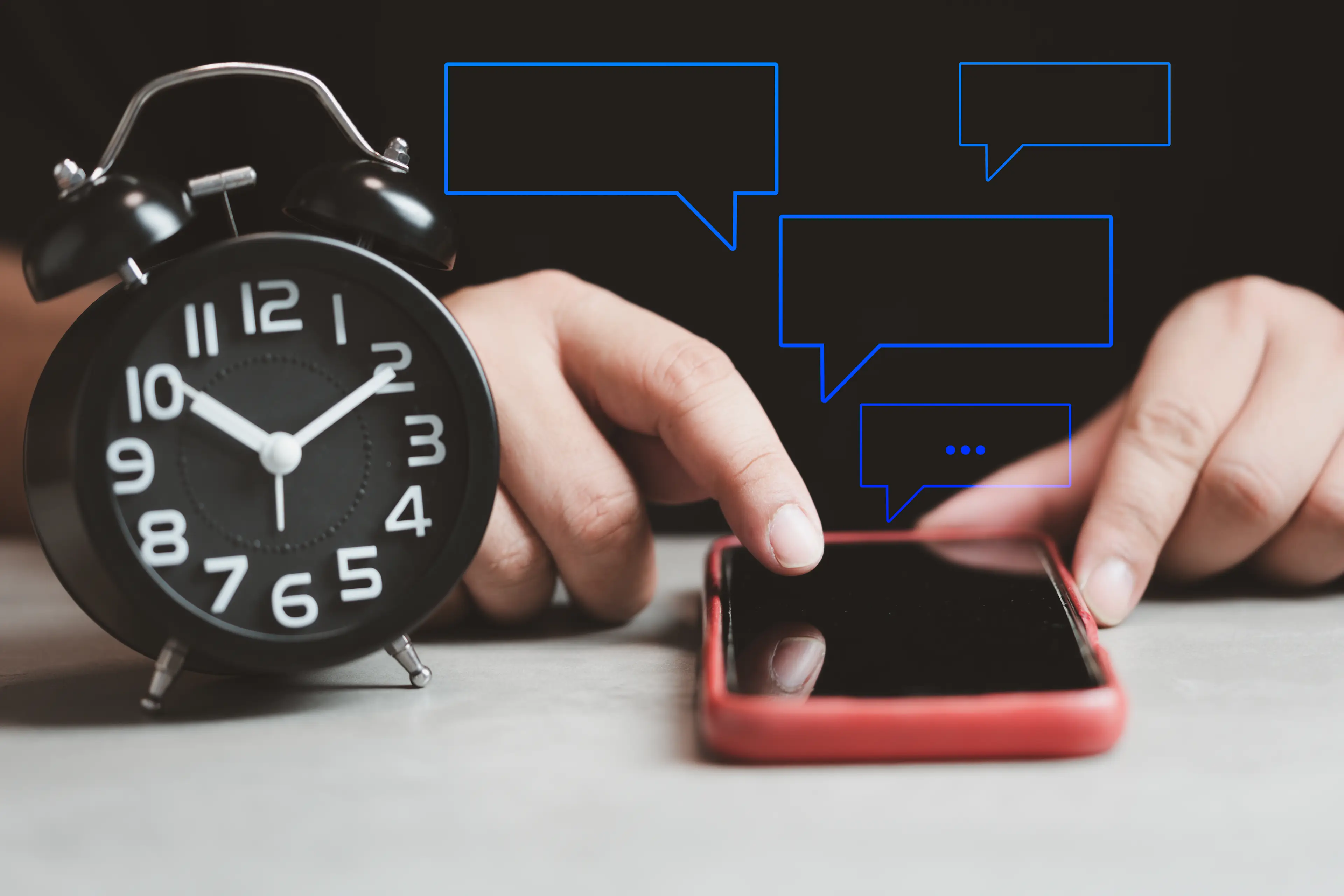Unify your marketing and advertising teams. Save costs by up to 50% and boost marketing ROI.
Streamline organic and paid campaign orchestration across 30+ channels with a unified AI-powered platform. Unlock higher productivity, faster go-to-market and better brand governance.

3 Government Agencies Doing Innovative Things on Social
Government agencies have used social media to help them serve the public for years, and today, over 23 million people follow X, formerly Twitter accounts maintained by government entities.
The challenge for government agencies is to adapt social media platforms that were not created for use in the public sector, and do so in a way that conforms to the many regulations they are subject to.
While some entities are just beginning to figure it out, others have seen huge success with government social media marketing. Here are three notable examples.
NASA
NASA’s mission to achieve the unexpected extends to its social media initiatives, which have developed over time into a tremendously effective program.
Following the 2008 X, formerly Twitter announcement that spacecraft Phoenix had found water on Mars, the NASA X, formerly Twitter account gained 75,000 followers and became the eighth most followed account on the platform at the time.
This feat was the first big step in NASA’s development of an organization-wide social ecosystem that was designed to turn “NASA enthusiasts into brand ambassadors.” As a federal agency, NASA cannot fund promoted or sponsored content, yet over time it has been able to grow a large and loyal following using organic content.
NASA’s social team publishes content to nearly 15 platforms, the agency’s X, formerly Twitter handle boasts over 17 million followers, and the Mars Curiosity Rover handle alone has 3 million followers. NASA has nurtured followers-turned-ambassadors whose fandom is so serious that they stepped in during the government shutdown (while NASA was unable to tweet) with the #thingsnasawouldtweet hashtag, eager to keep the agency’s mission alive and well, even when NASA itself could not.
Today, the NASA headquarters include a specialized social team that uses a single, unified social platform. The team’s success centers around the concept of what NASA deputy social media manager, Jason Townsend, calls “brute force coordination” – regular communication across teams and levels, both top-down and bottom-up.
This approach allows NASA to strategize internally on what content to push – and how. Conveying complex scientific concepts to the masses is no small task, but NASA manages to do it while also engaging and inspiring its audience at every turn.
TSA
For the TSA, protecting national security comes with rules, regulations, and restrictions that can make it difficult to provide a high level of customer service.
Nonetheless, the agency is committed to improving travelers’ experiences, and uses social as a key part of the initiative.
At the center of its efforts is Ask TSA, a social care program dedicated to addressing travelers’ questions and concerns with the end goal of creating a better overall travel experience.
From the moment it launched, Ask TSA was a mega-hit. It has received over 100,000 inquiries, and team is able to resolve support issues in as little as 15 to 20 minutes. Today, Ask TSA is not just a hub for customers to air their grievances; it has also allowed the TSA to efficiently resolve issues, as well as redirect social chatter and mitigate discussions that may impact the organization’s reputation.
In October, the Ask TSA team was awarded Secretary of Homeland Security Jeh C. Johnson’s “Customer Service Award,” and actually outranked Beyoncé on Rolling Stone’s list of 100 best Instagram accounts.
According to Jennifer Plozai, the TSA’s director of external communications, the agency’s primary objective isn’t just self promotion. The goal is customer-centricity: being there to help customers – quickly and effectively – when they ask for it.
CDC
The CDC has a long history of quirky, fun efforts to reach and educate audiences, from its 2011 satirical Zombie Apocalypse Survival Guide (complete with an accompanying mobile app) to the annual flu season awareness campaigns it has launched every year since.
One of the most notable was the #VaxWithMe selfie social media campaign, created to “drive visibility of and spark engagement around the importance of vaccination, and ultimately, generate a movement that encouraged more people to get their flu vaccination every year.”
The #VaxWithMe flu vaccination Selfie campaign encouraged users across X, formerly Twitter, Facebook, Instagram, and YouTube to share photos and videos of themselves (using the hashtag #VaxWithMe) after getting their flu vaccination.
The campaign generated over 18 million impressions ad received an Honorable Mention from the 2015 Hermes Creative Awards – an honor given to less than 12 percent of the several thousand worldwide entrants.
This year’s #FightFlu social campaign has continued the agency’s strong tradition. It’s a large-scale effort to raise awareness and spark public interest about vaccinations, and it reflects the CDC’s overarching mission to use social to drive a powerful message for the benefit of public health in general.
How Social Benefits All
Social media offers a direct line of communication between citizens and the agencies handling a range of important tasks. Federal agencies have a responsibility to the public, and now social media empowers them to reach, engage – and most importantly, help – their audiences in a powerful way.

